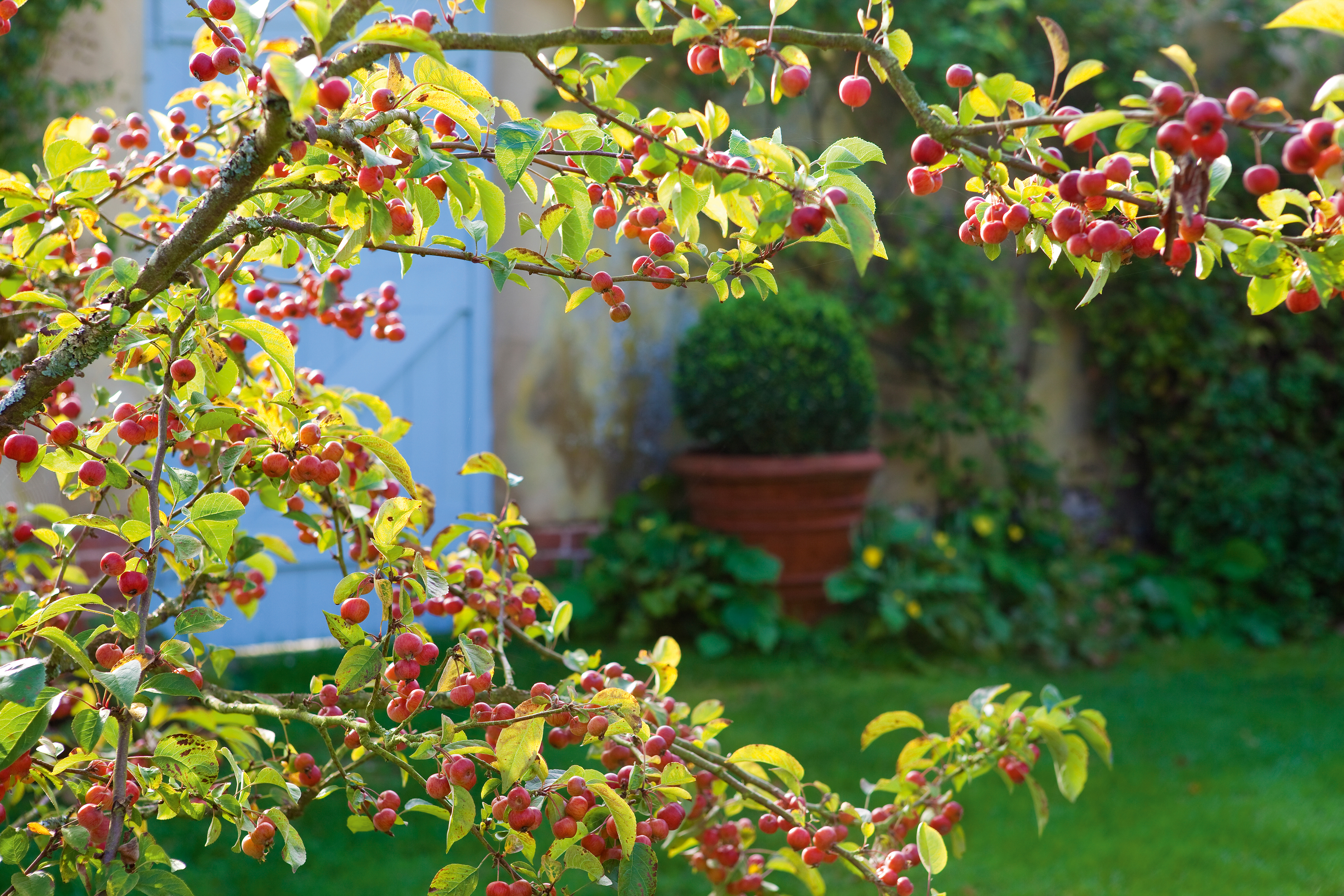

Choosing the right exterior paint for your garden can be complicated, as there are a range of surfaces requiring different finishes, including render, woodwork, metal, brick and stucco. On many older homes, you will find a combination of these materials.
Fortunately, there is an exterior paint for every type of surface, and most paints are suitable for more than one application. Make your outdoor area as visually inspiring and colourful as indoors by treating furniture and garden buildings with these exterior paints and varnishes.
Using paint in the garden as part of a bigger garden project? Find lots more garden ideas at our dedicated page.
A photo posted by @mlpaints on Feb 26, 2019 at 5:37am PST
Tips on using paint in your garden
- Create interest with paint when the garden is bare: use garden and outdoor surfaces as an additional way to add colour to the garden.
- Stick to a colour theme for the best effect. Then use plants as highlights to lift the effect and introduce contrast.
- Spend time on preparation or you will end up redoing your efforts sooner than you think. Before you start painting or treating any surface make sure it is clean and properly prepared.
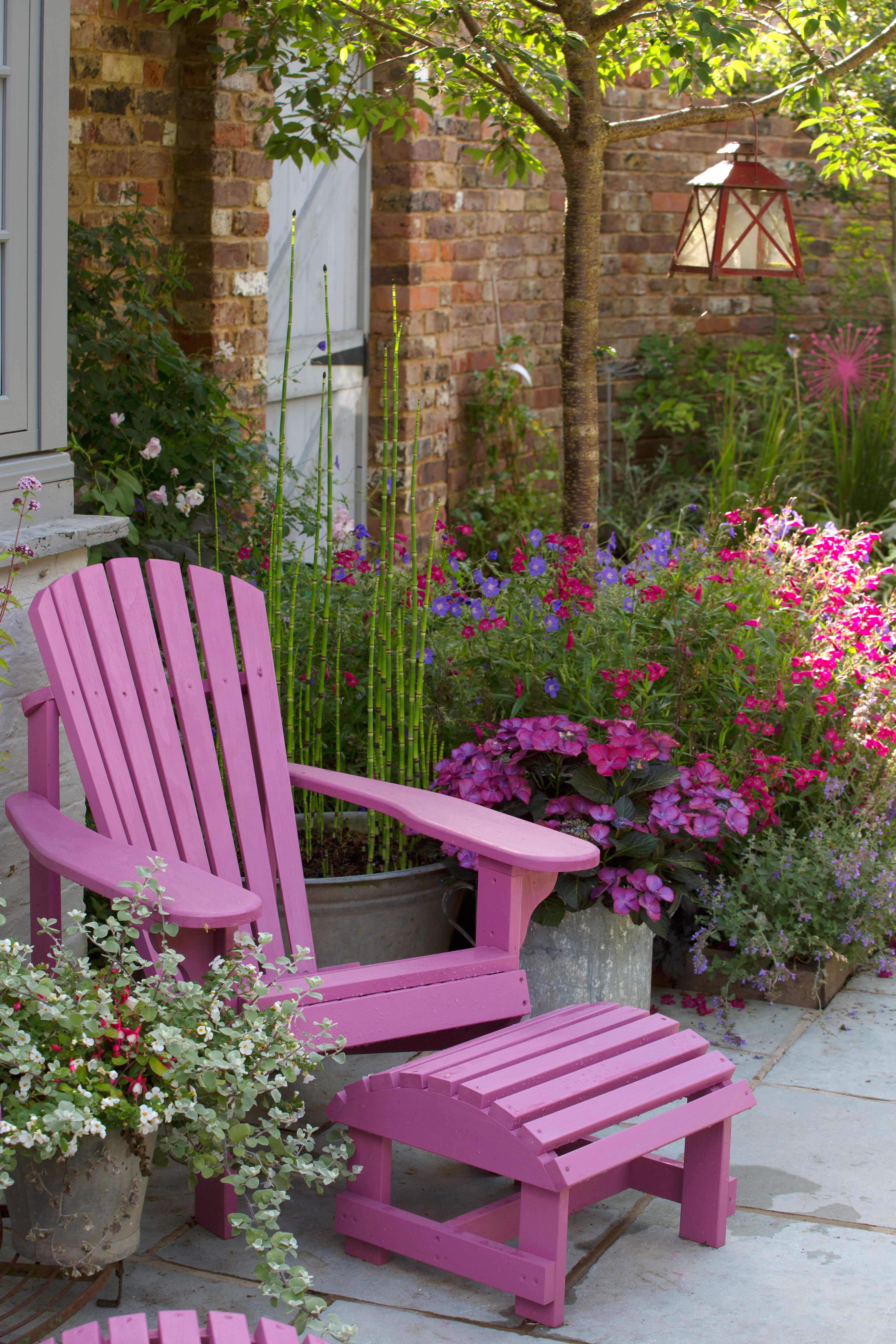
- Don’t leave damaged paintwork unrepaired. Sand it lightly and apply an overcoat to prevent moisture getting in and affecting a larger area or rotting the timber beneath.
- Check the paint's eco credentials. Children, plants, pets and wildlife need to be safe, so check the labels and be sure you know what you are using.
- Know your product. Paints and varnishes sit on the surface of the wood and create a protective layer. When it’s time to reapply you need to sand them back before you recoat. Oils and wood stains penetrate the timber giving additional protection and offer greater resistance to damage or flaking. When you need to reapply you can just clean the surface and add an extra layer.
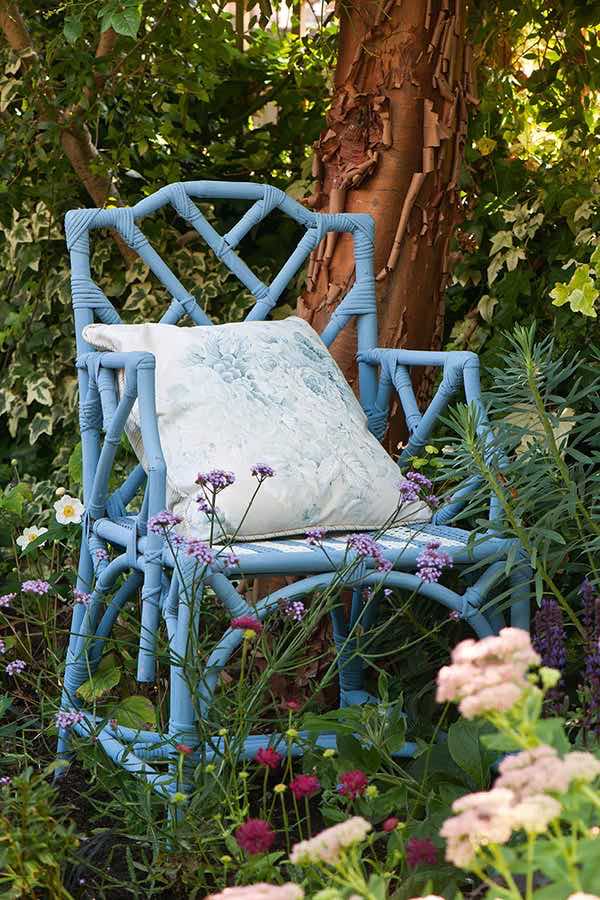
Transform you garden furniture, pots, walls and fences with one coat of Chalk Paint by Annie Sloan. It’s suitable for all metal and wooden furniture and accessories (except teak). There are 33 colours. Price £18.95 for 1-litre, covers 13 m²
Using limewash in a garden
One of the most beautiful finishes for external walls is limewash, which is made from lime and water, in a range of mostly pastel shades. It is ideal for porous surfaces such as brick, stone, lime plaster or roughcast and needs renewing about every five years. You will find it readily available at retailers such as Mike Wye, which also runs training courses in the use of natural paints.
Get practical advice on how to lime wood in our guide.
You can also make limewash with chalk paint. Find out how to make limewash with Annie Sloan's chalk paints.
Refreshing render with masonry paint
Masonry paint is ideal for refreshing greying render and is available in a broad, sophisticated palette. Opt for a texture if you need to disguise fine surface cracks. It is best not to paint brickwork, which if already painted can be carefully stripped to reveal the original surface underneath.
The downside to masonry paint is that it is not breathable in the same way that limewash is, although paint companies have reduced the levels of VOCs contained in it, making it a more environmentally friendly option.
A photo posted by @duluxuk on Jul 23, 2018 at 9:00am PDT
Painting exterior woodwork
There is a wide range of paint available for exterior woodwork, with most manufacturers producing a wood gloss or eggshell suitable for exterior use, which can be used for applications ranging from painting a timber conservatory to a summerhouse to outdoor furniture.
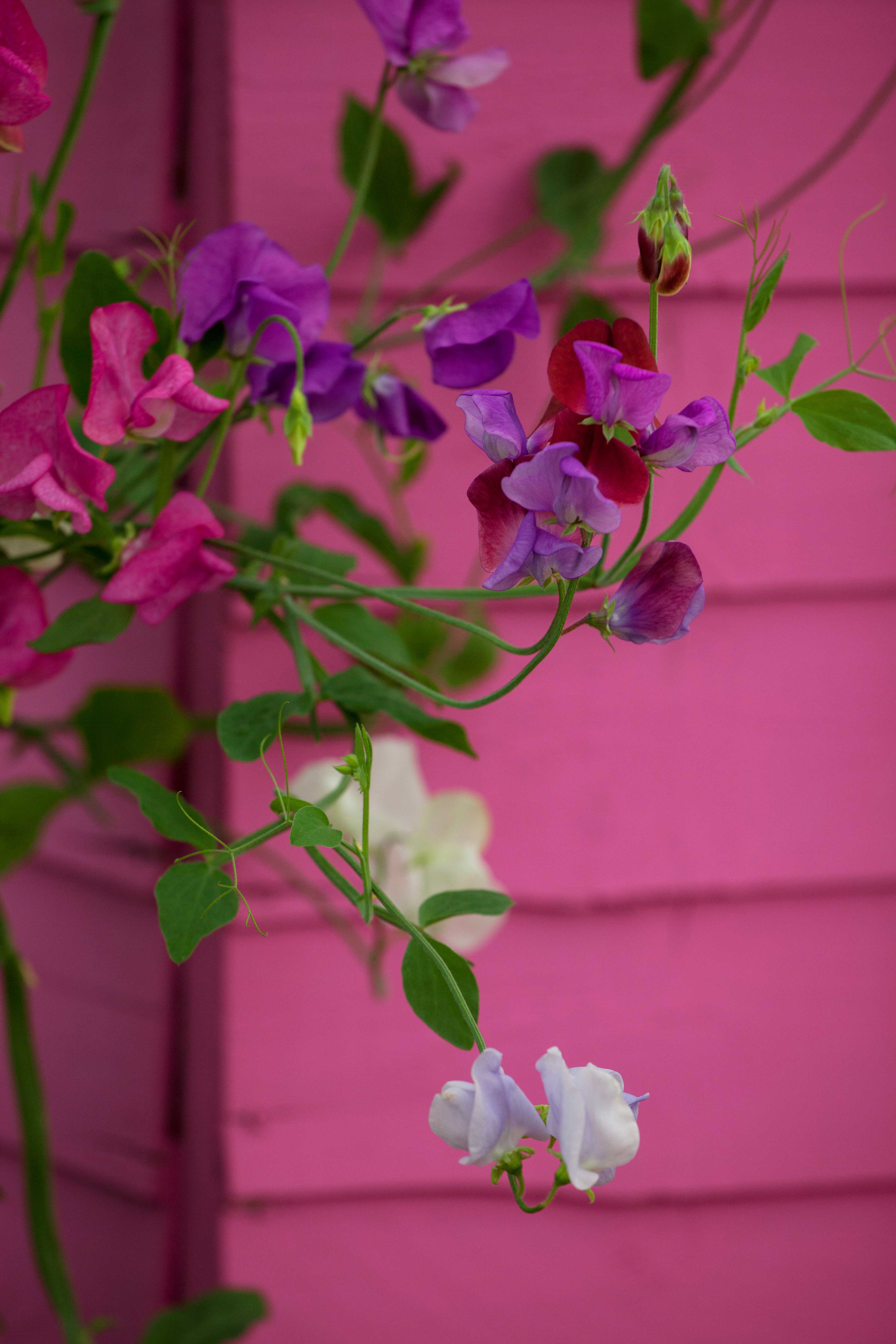
A photo posted by @mlpaints on Feb 5, 2019 at 2:51am PST
Make sure you prepare the wood properly with an appropriate primer, to prevent the wood from absorbing the paint and to ensure an even finish.
We have a step-by-step guide to painting furniture and a buyer's guide to the best furniture paints.
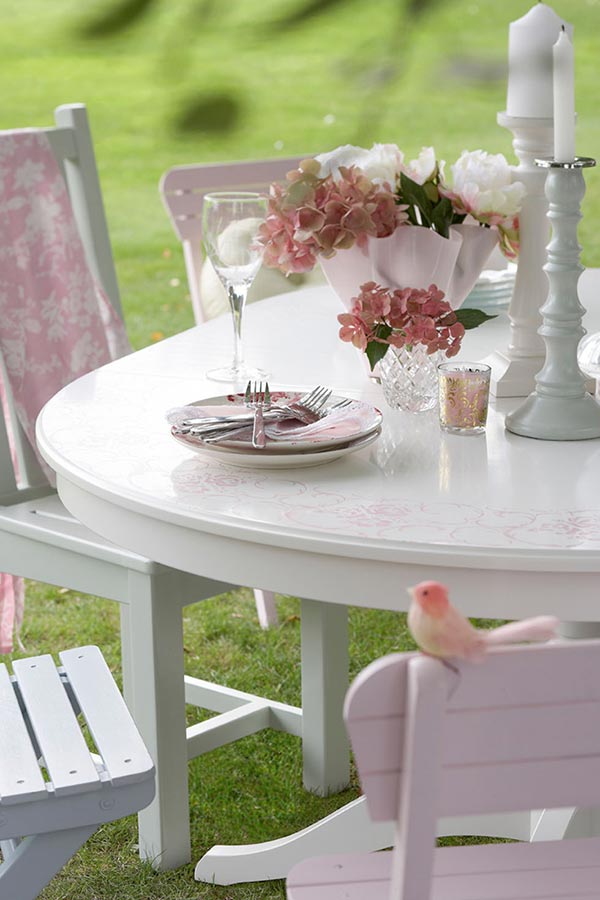
Garden Shades by Curpinol come in 54 colours, price £14.27 per litre, covers up to 12 m² on smooth planed wood
Using metal paint on garden furniture
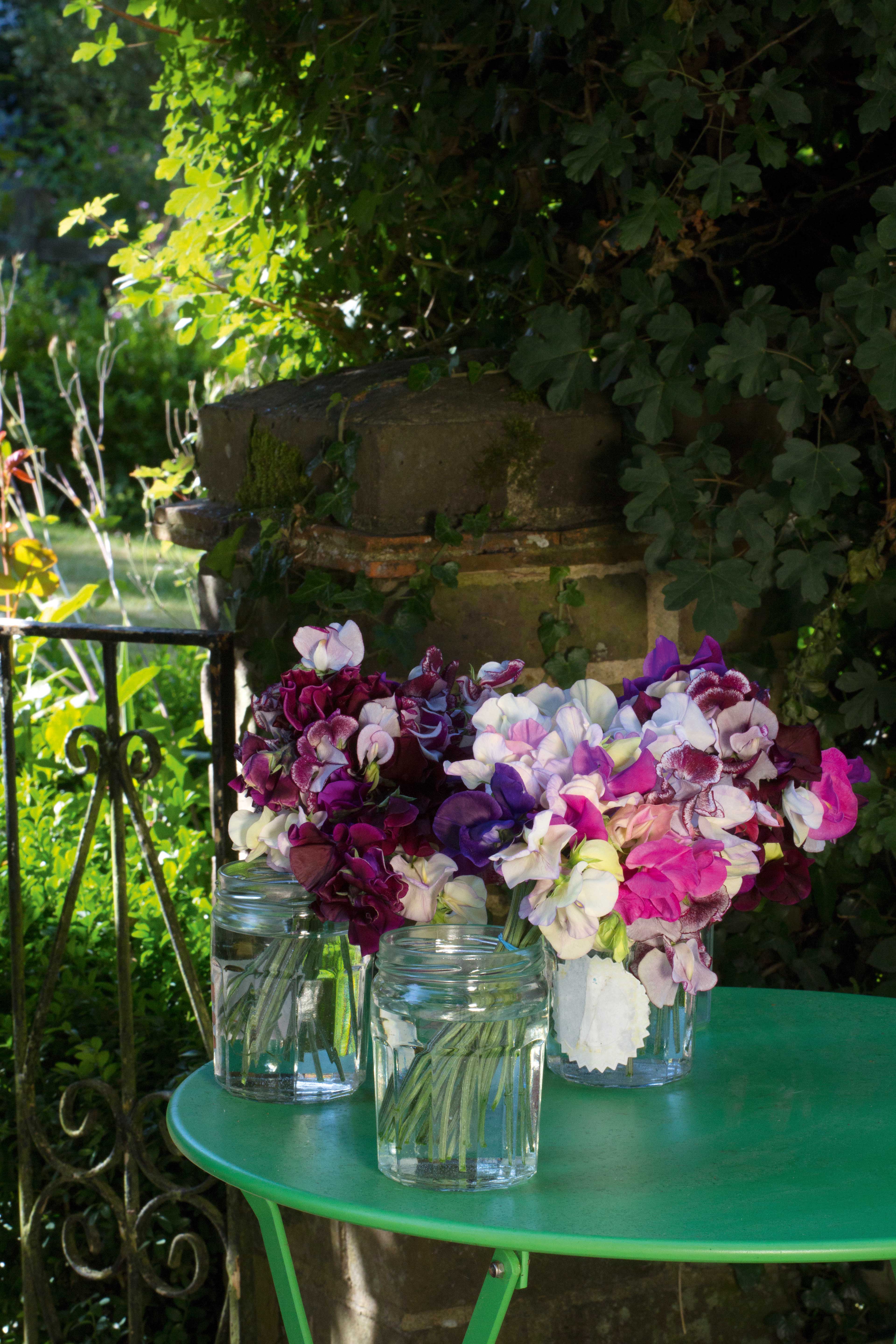
A gloss finish is ideal for garden furniture. The 10 Year Exterior Gloss Paint by Sandtex comes in 13 colours, price £17.64 for 750ml, covers 11m² per litre
Metal paint needs to be very robust, for protecting railings, gates, guttering and furniture. Exterior eggshells are often suitable, but sometimes the higher sheen level of a gloss adds a sense of grandeur. Metal usually requires priming before painting, but some brands, such as Hammerite can be applied directly on to metal.
Repainting old metal furniture? Follow our advice on how to revive metal garden furniture.
Making exterior joinery shine
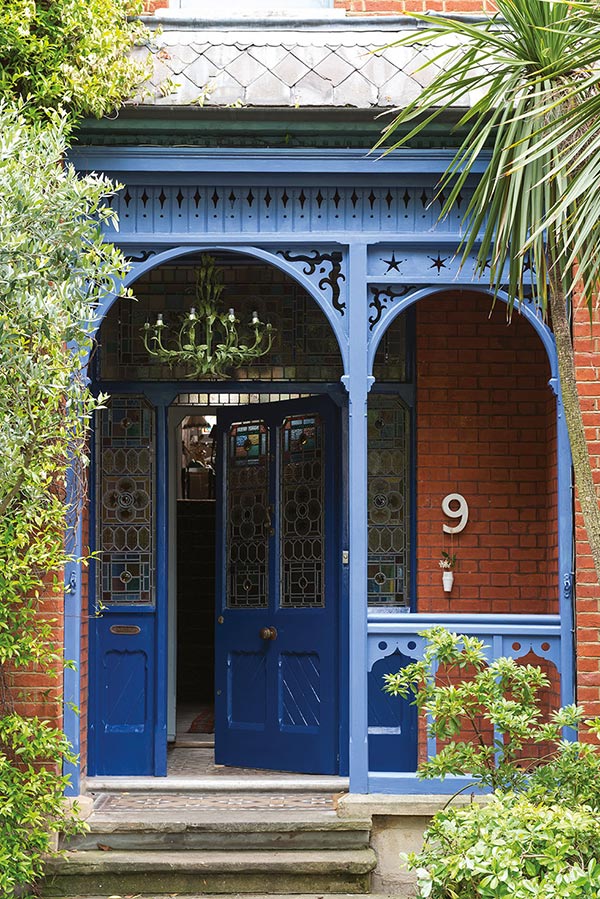
Give exterior spaces a new lease of life with one of the 132 timeless colour shades from Farrow & Ball. Available in three eco-friendly paint finishes suitable for exteriors
Historically, exterior joinery was usually painted, with front doors particularly singled out for special treatment. Porches, barge-boards, fascias and soffits were also often painted, with popular colours including dark reds, greens, browns, ochres, black, white, and cream. Brighter blues, greens and yellows were also used in the Victorian and Edwardian eras.
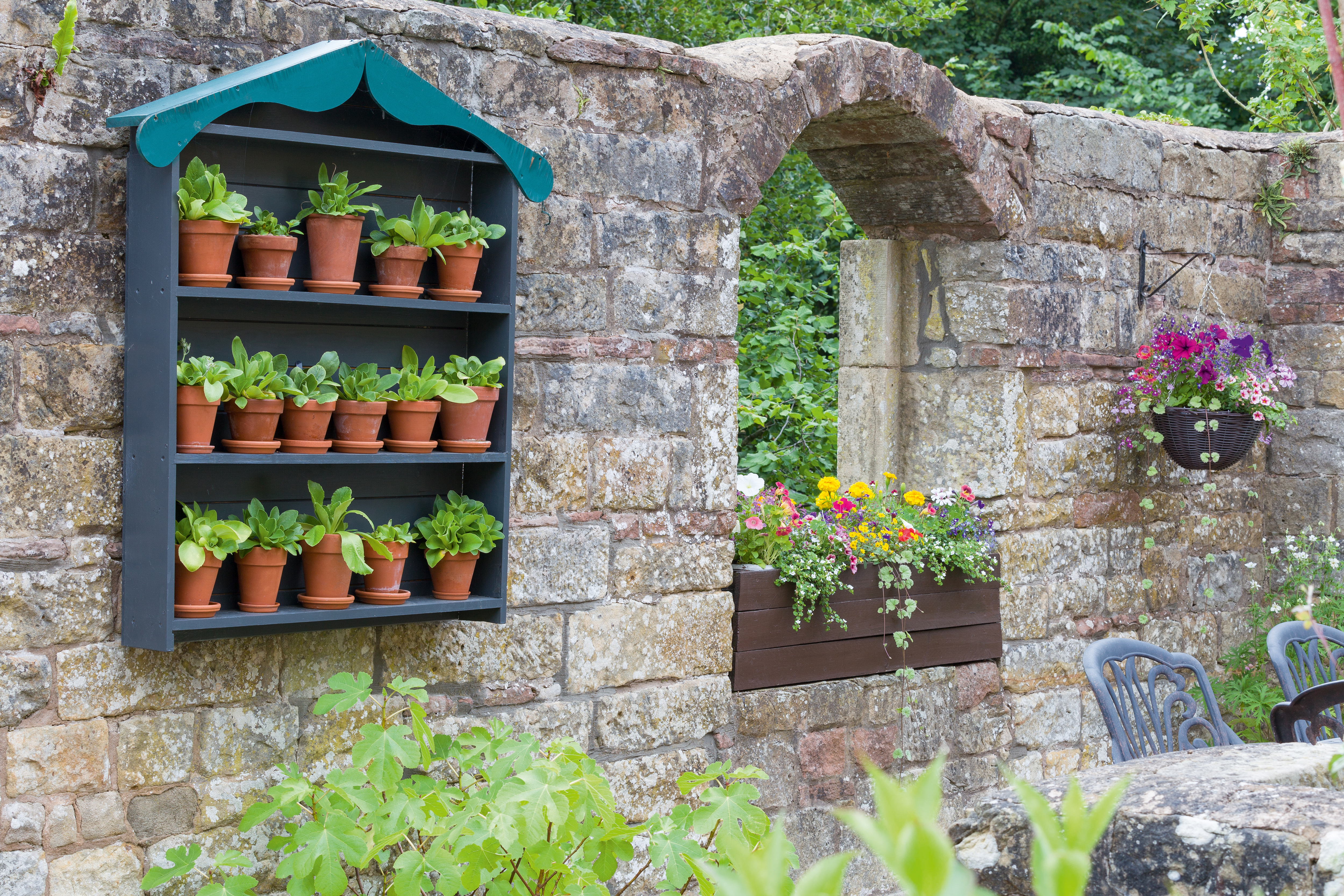
Paint your garden surfaces with Sadolin Garden Colours to create a colour theme to suit your garden style. Available in 8 colours. Price from £28.99 for 2.5 litres, covers 15m² per litre
Read more:
Join our newsletter
Get small space home decor ideas, celeb inspiration, DIY tips and more, straight to your inbox!
-
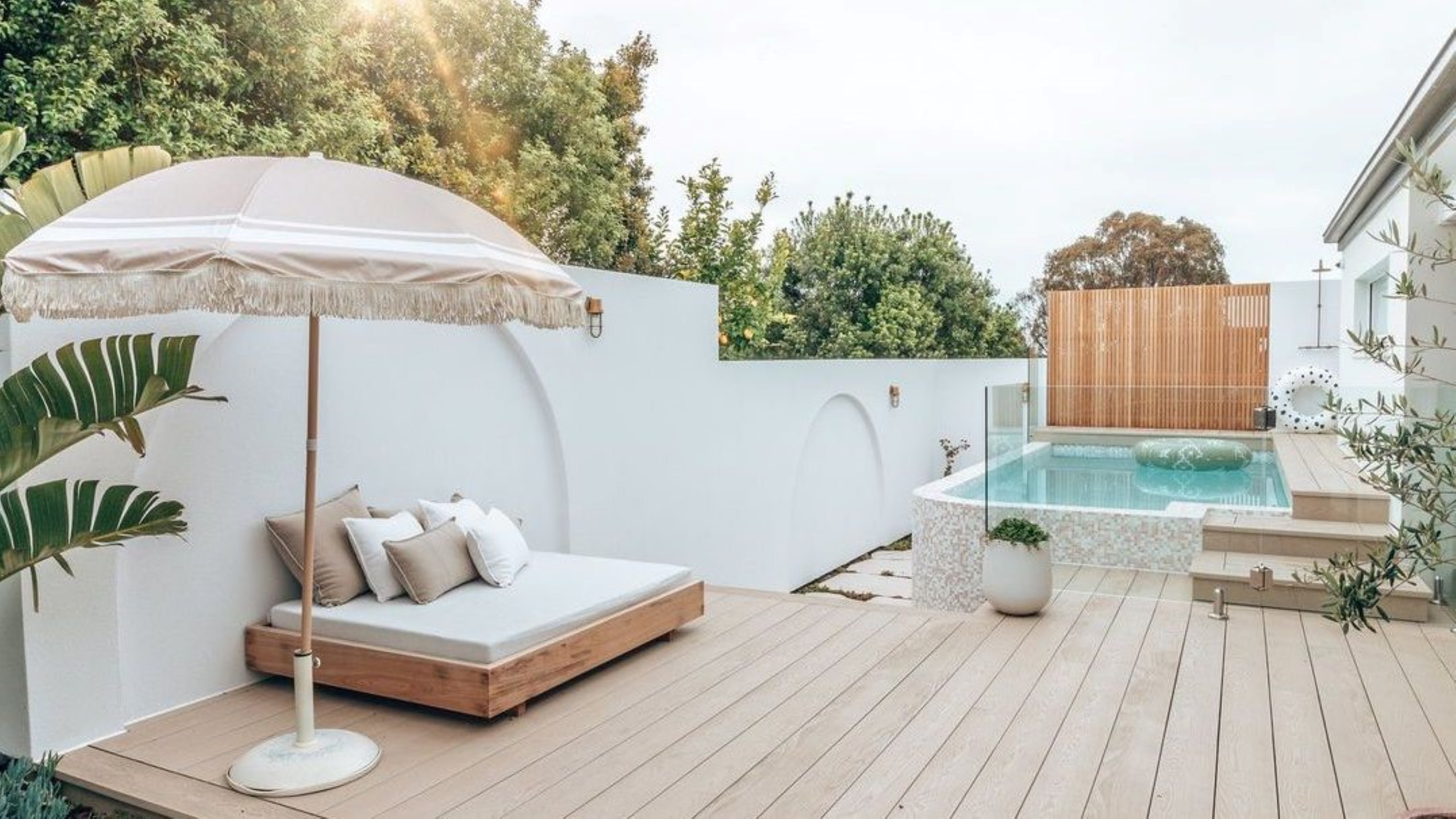 5 DIY above-ground pool deck ideas on a budget
5 DIY above-ground pool deck ideas on a budgetThese above-ground pool deck ideas on a budget will add character and class to your outdoor space
By Becks Shepherd
-
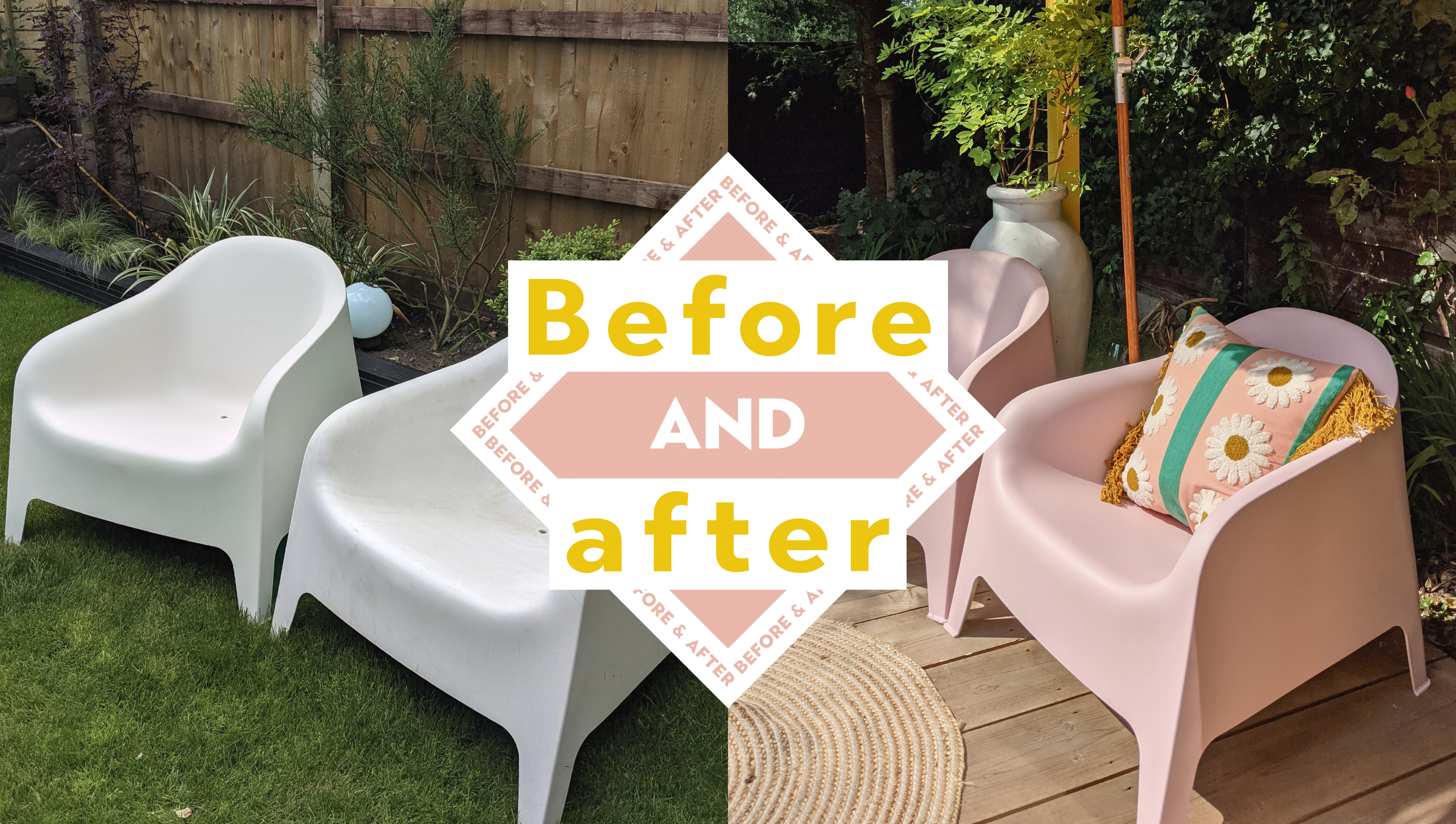 How to paint Ikea outdoor SKARPÖ chairs: from white to Champagne pink
How to paint Ikea outdoor SKARPÖ chairs: from white to Champagne pinkUK DIY blogger Jo Lemos shares how to paint the iconic IKEA SKARPÖ chairs for a budget yet bougie yard upgrade
By Jo Lemos
-
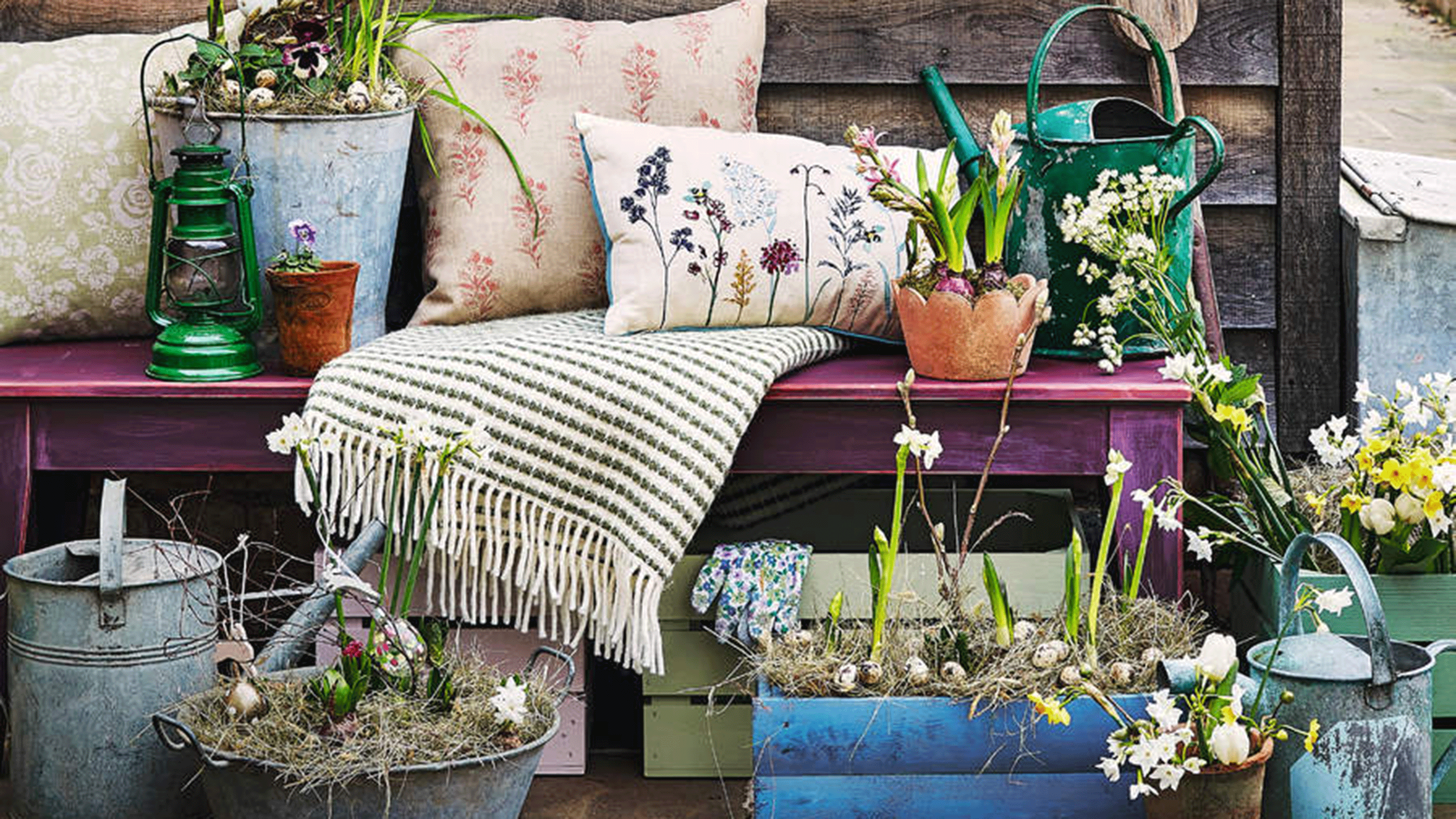 22 DIY alternative planter ideas: easy designs to dress up your porch or patio
22 DIY alternative planter ideas: easy designs to dress up your porch or patioWe guarantee you won't see these DIY alternative planter ideas in your local home improvement store
By Hebe Hatton
-
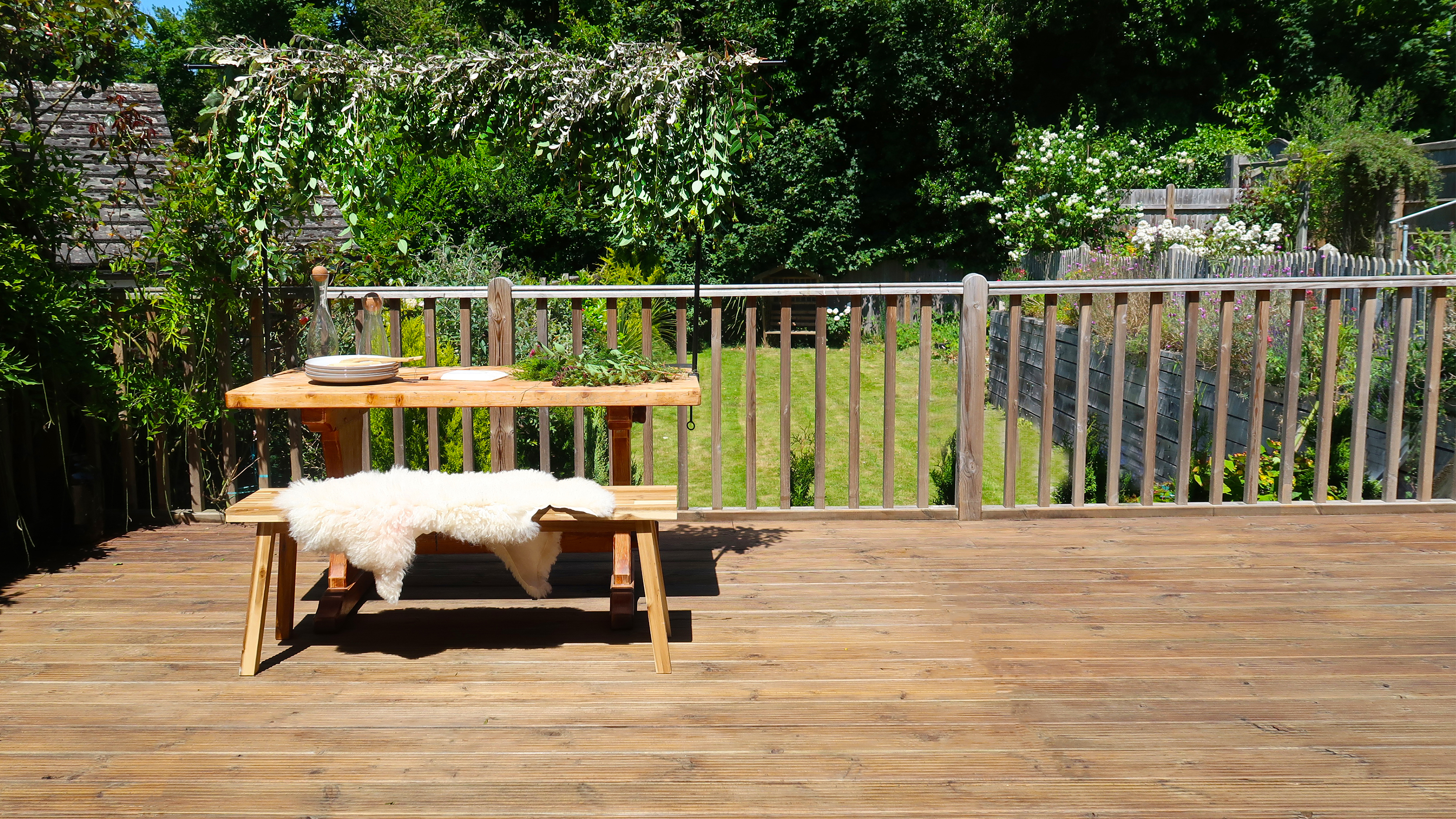 How to oil a deck step-by-step: protect and enhance your outdoor living space
How to oil a deck step-by-step: protect and enhance your outdoor living spaceBring tired and faded decking back to life with our no-nonsense guide on how to oil a deck
By Claire Douglas
-
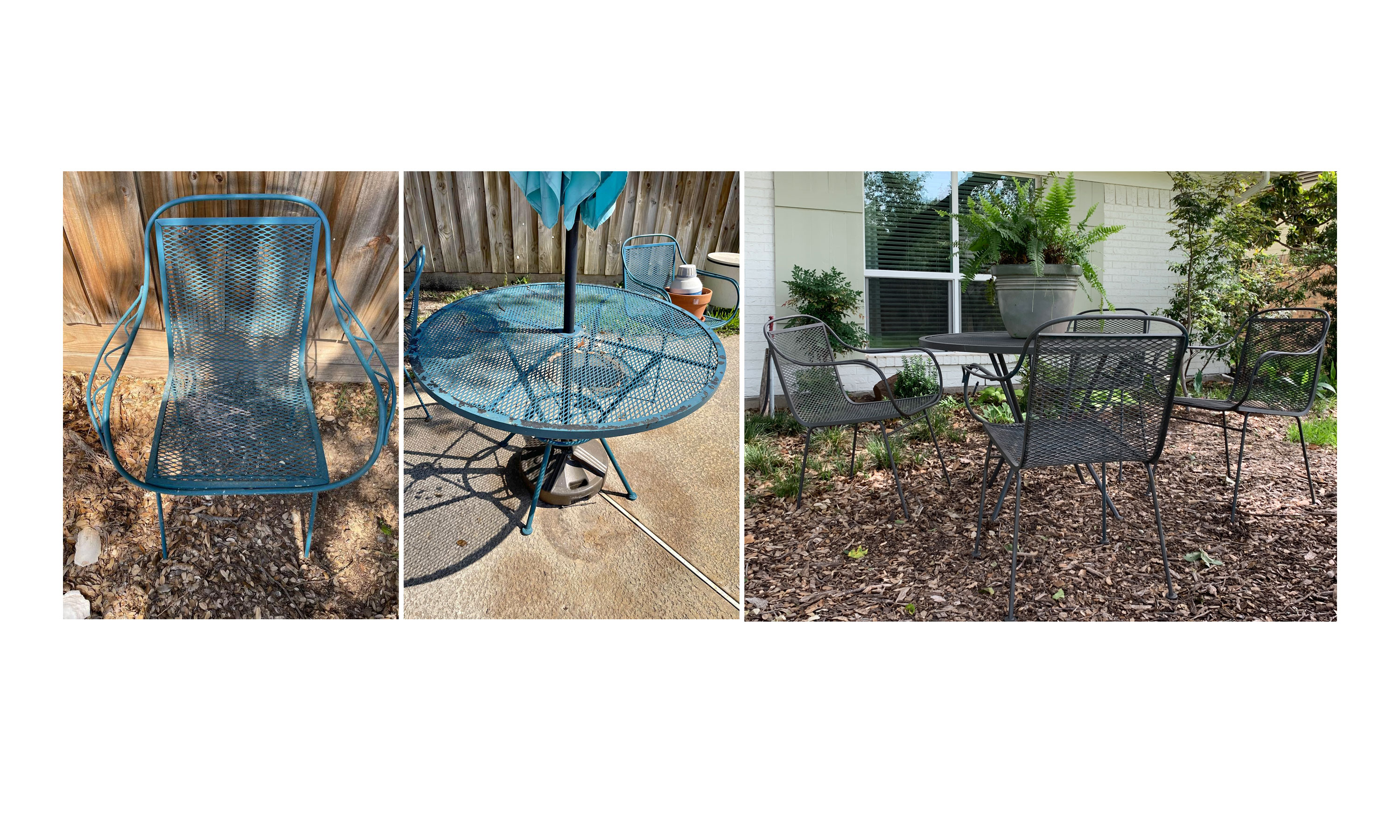 How to revive an old patio furniture set with spray paint, on a shoestring budget
How to revive an old patio furniture set with spray paint, on a shoestring budgetDIYer Jessica Nickerson used spray paint to bring a used metal patio furniture set, from Facebook Marketplace, back to life. Giving her front yard a speedy facelift, for next to nothing
By Camille Dubuis-Welch
-
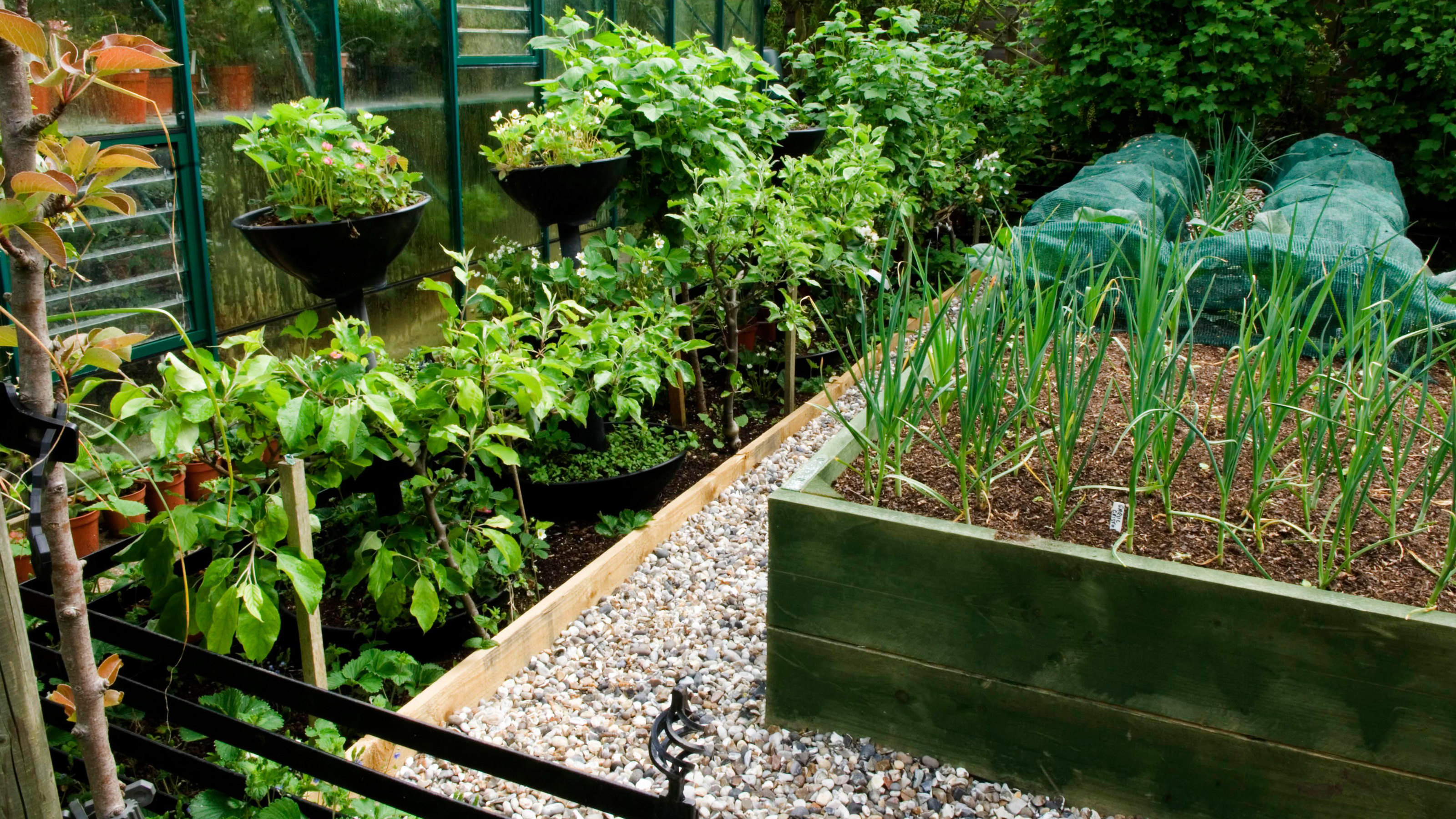 How to build a raised garden bed – everything you need to know about DIY raised bed gardening
How to build a raised garden bed – everything you need to know about DIY raised bed gardeningLearn how to build a raised garden bed with our budget-friendly DIY tips. Raised beds are a beautiful and practical way to grow vegetables and flowers easily.
By Melanie Griffiths
-
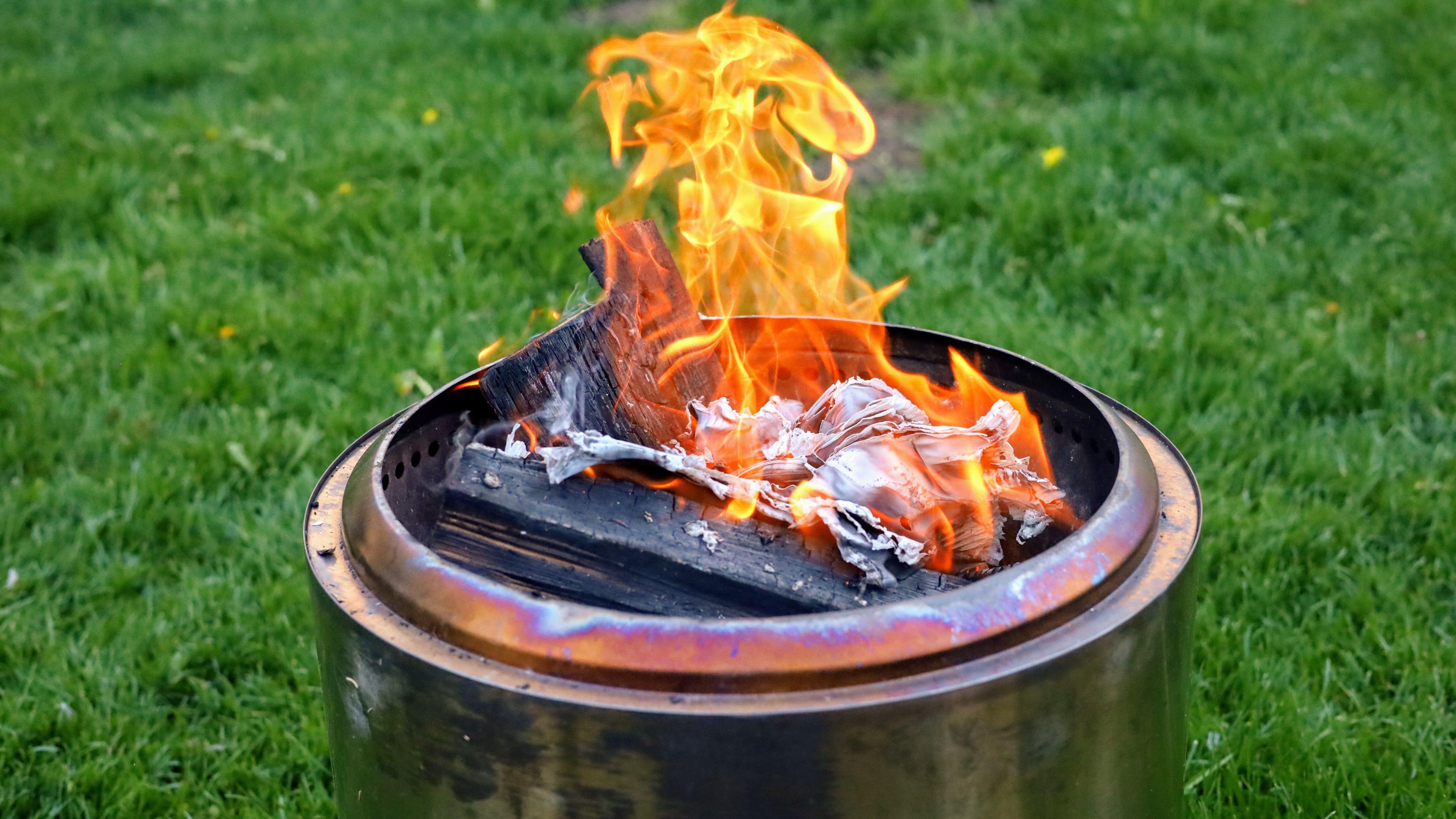 How to build a smokeless fire pit
How to build a smokeless fire pitLearn how to build a smokeless fire pit and enjoy an outdoor fire without the air pollution
By Anna Cottrell
-
 13 striking shed paint ideas for a speedy garden update
13 striking shed paint ideas for a speedy garden updateThese shed paint ideas are sure to inspire a little DIY project and will add a glorious pop of color to your garden
By Hebe Hatton